Entry Type: Thing
aka: Act 311 of 1945
Rialto Theater (El Dorado)
 Rialto Theater
Rialto Theater
 Rialto Theater Side Entrance
Rialto Theater Side Entrance
 Ribbon Worm
Ribbon Worm
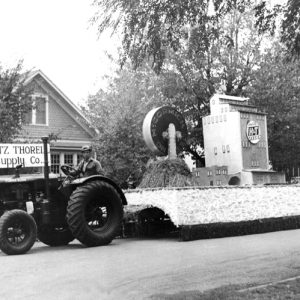 Rice Festival Parade Float
Rice Festival Parade Float
 Rice Harvesting
Rice Harvesting
 Rice Seed Heads
Rice Seed Heads
Rice Industry
 Rice Research Crop at the Dale Bumpers National Rice Research Center
Rice Research Crop at the Dale Bumpers National Rice Research Center
 Rice, Official State Grain
Rice, Official State Grain
 Riceland Foods Facility, Jonesboro
Riceland Foods Facility, Jonesboro
 Riceland Foods Facility
Riceland Foods Facility
Riceland Foods
 "The Most Beautiful Girl in the World," Performed by Charlie Rich
"The Most Beautiful Girl in the World," Performed by Charlie Rich
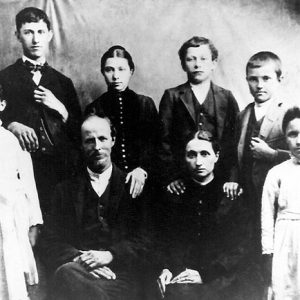 Richardson Family
Richardson Family
 Riddell's Goldenrod
Riddell's Goldenrod
Riggs-Hamilton American Legion Post 20
Right to Work Law
aka: Amendment 34
 Billy Lee Riley Memorial
Billy Lee Riley Memorial
 Rimrock Record
Rimrock Record
 Rimrock Records Sign
Rimrock Records Sign
Rimrock Records
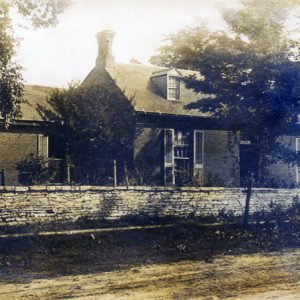 Ringgold House
Ringgold House
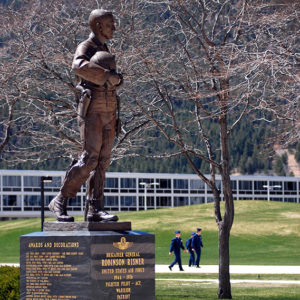 James R. Risner Statue
James R. Risner Statue
Rison Cities Service Station
Rison et al. v. Farr
Rison Texaco Service Station
River Designations
aka: Wild and Scenic Rivers
aka: Arkansas Natural and Scenic Rivers System
River Valley Arts Center
Rivers
Rivervale Inverted Siphons
 Rivervale Inverted Siphons
Rivervale Inverted Siphons
Roads and Highways
Rob Roy [Steamboat]
Robes of Splendor
aka: Robes of the Three Villages
aka: Three Villages Robe
aka: Buffalo Dancers Robe
 Ticket from World Series with Brooks Robinson
Ticket from World Series with Brooks Robinson
 Ticket from World Series with Brooks Robinson
Ticket from World Series with Brooks Robinson
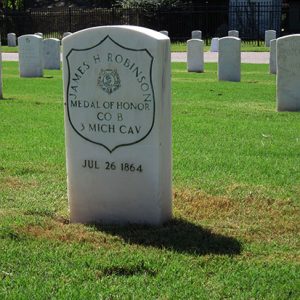 James Robinson Grave
James Robinson Grave
 Joe T. Robinson Funeral Ticket
Joe T. Robinson Funeral Ticket
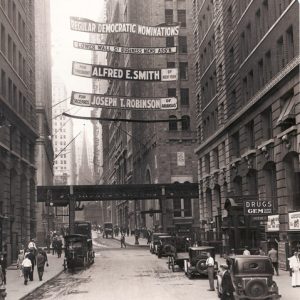 Smith/Robinson Campaign Signs
Smith/Robinson Campaign Signs
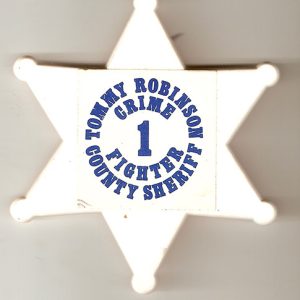 Tommy Robinson Pin
Tommy Robinson Pin
Rock ‘n’ Roll Highway 67
Rock and Roll Music
 Rock Art Panel
Rock Art Panel
Rock Art, Native American
Rock Island Argenta Depot
 Rock Island Bridge
Rock Island Bridge
Rock Island Bridge (Little Rock–North Little Rock)
aka: Choctaw Bridge
aka: Clinton Presidential Park Bridge
 Rock Island Diesel Switcher
Rock Island Diesel Switcher




